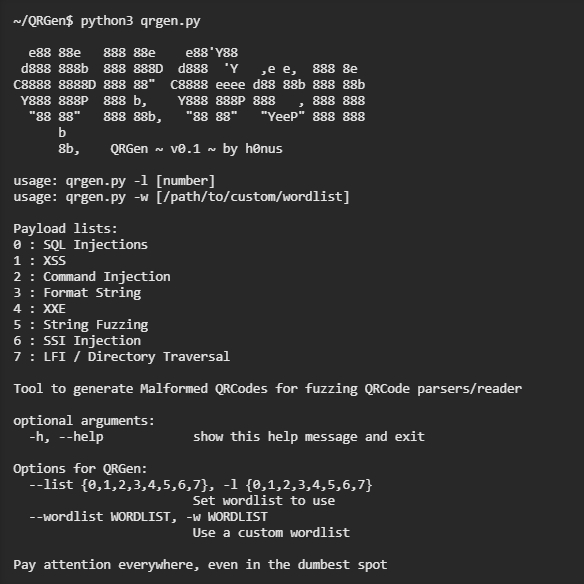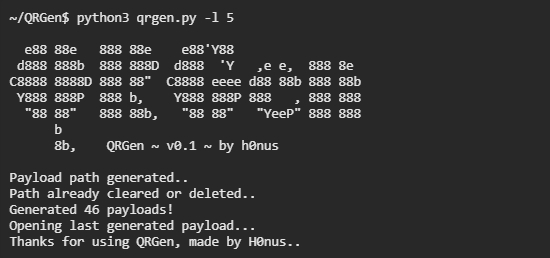Hack Victim’s WebCam With a Link
How it works?
The tool generates a malicious HTTPS page using Serveo or Ngrok Port Forwarding methods, and a javascript code to cam requests using MediaDevices.getUserMedia.
The MediaDevices.getUserMedia() method prompts the user for permission to use a media input which produces a MediaStream with tracks containing the requested types of media. That stream can include, for example, a video track (produced by either a hardware or virtual video source such as a camera, video recording device, screen sharing service, and so forth), an audio track (similarly, produced by a physical or virtual audio source like a microphone, A/D converter, or the like), and possibly other track types.
Steps to Download and Install SayCheese
This script is available for both Linux and Windows. You can check the official repository of PhoneSploit here
Step 1 Execute the following command to clone the SayCheese repository into your Linux Or Download SayCheese

Step 2 Go to SayCheese repository using cd command

Step 3 Now We have to grant the permission to the saycheese.sh file by typing this following command

after executing all command successfully we can use our tool.
Steps to use SayCheese
Setp 1 Now we just have to type the final command put this cmd into your command for executing SayChees
Now you can see our tool is ready to use

As you can see you have two option Serveo.net or ngrok both services are used for port forwarding you can use ngrok or serveo according to you hear I'm going to using ngrok
Step 2 For use ngrok service press 2
now wait till downloding ngrok or wait for starting ngrok or php service

after Everything is done Successfully you get a link as you can see
Step 3 You can send this link over Whatsapp or Facebook or Gmail This will Work Fine.. if Your Victim Open’s it and give the permission to the camera
hear i'm opening this link into my phone and allow to camera that's it
When target opens our link you can see victim IP address as well as you can see SayCheese Start capturing shots and receiving file .

The Image File Will be Automatically Saved here in this folder ( SayCheese Folder )

That's Done you can see Camera received Files





